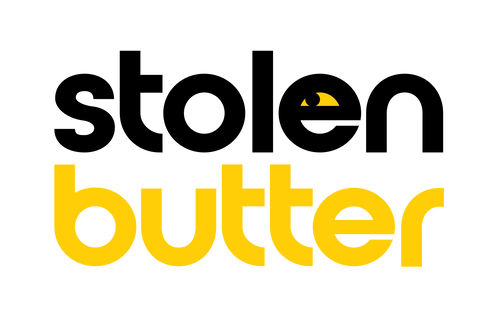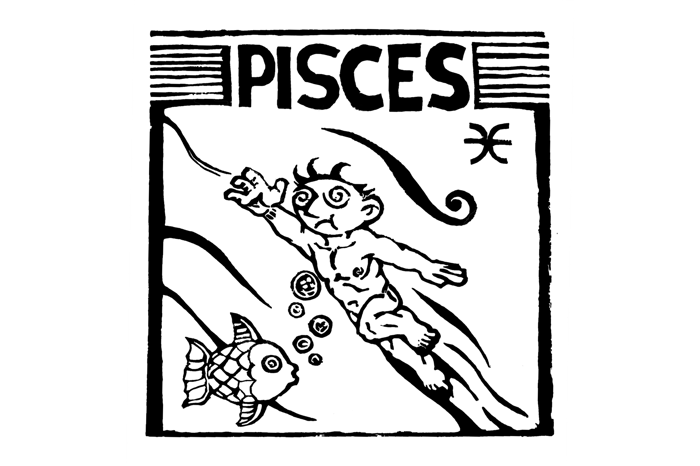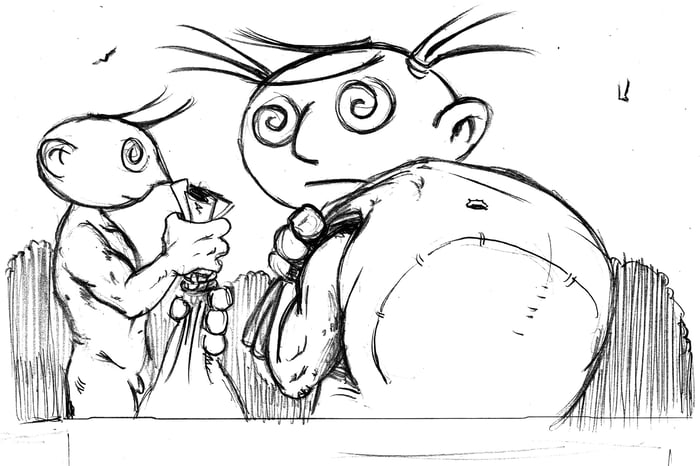Gonzalo Adrian Battaglia has created fine art using many different methods, from bushing oil on canvas to becoming a canvas himself and inviting strangers to paint on him as part of a performance piece.
But throughout a lifetime of experimentation, block printing — as shown in his Figural Series: Zodiac currently on display in the Bazaar pop-up shop + art lounge at Luxelab — remains an enduring favorite.
Printmaking dates back more than a thousand years to the time of China's Tang dynasty, when artisans would carve text and scenes in wood, apply ink to the carving, and then press the carving onto fabric. The practice emerged hundreds of years later in Medieval Europe, coinciding with the widespread adoption of paper ahead of the dawn of the printing press in the early 1400s.
"I became interested in block printing through the influence of a fellow teacher who has made a career out of them," Battaglia said. “When I set my eyes on a reproduction of Albrecht Dürer’s The Four Horsemen, from The Apocalypse (c.1498), I really became intrigued with the block printing process.”
The multi-step process to render the final image requires time, patience and focus.
“First, I draw the image on the printing surface (the “plate”) of either linoleum or wood blocks. Then I carve around the lines, using a variety of traditional or rotary-powered tools.”
Tracing each line and curve with a rotary tool or crafting knife also requires a steady hand, as even the slightest changes in the topography of the 1/8-inch plate can alter the original image.
When the carving is done, Battaglia places the plate in a steady holder, applies an even layer of ink onto the plate using a hand roller, and presses a sheet of paper onto the plate.
“The most gratifying part of the process comes after the printing, when the finished image emerges as I peel the paper off the printing plate,” he said. “Every block print has its own uniqueness and surprises. If the carved plate does not look like the intended image, you know immediately if you succeeded or failed.”




